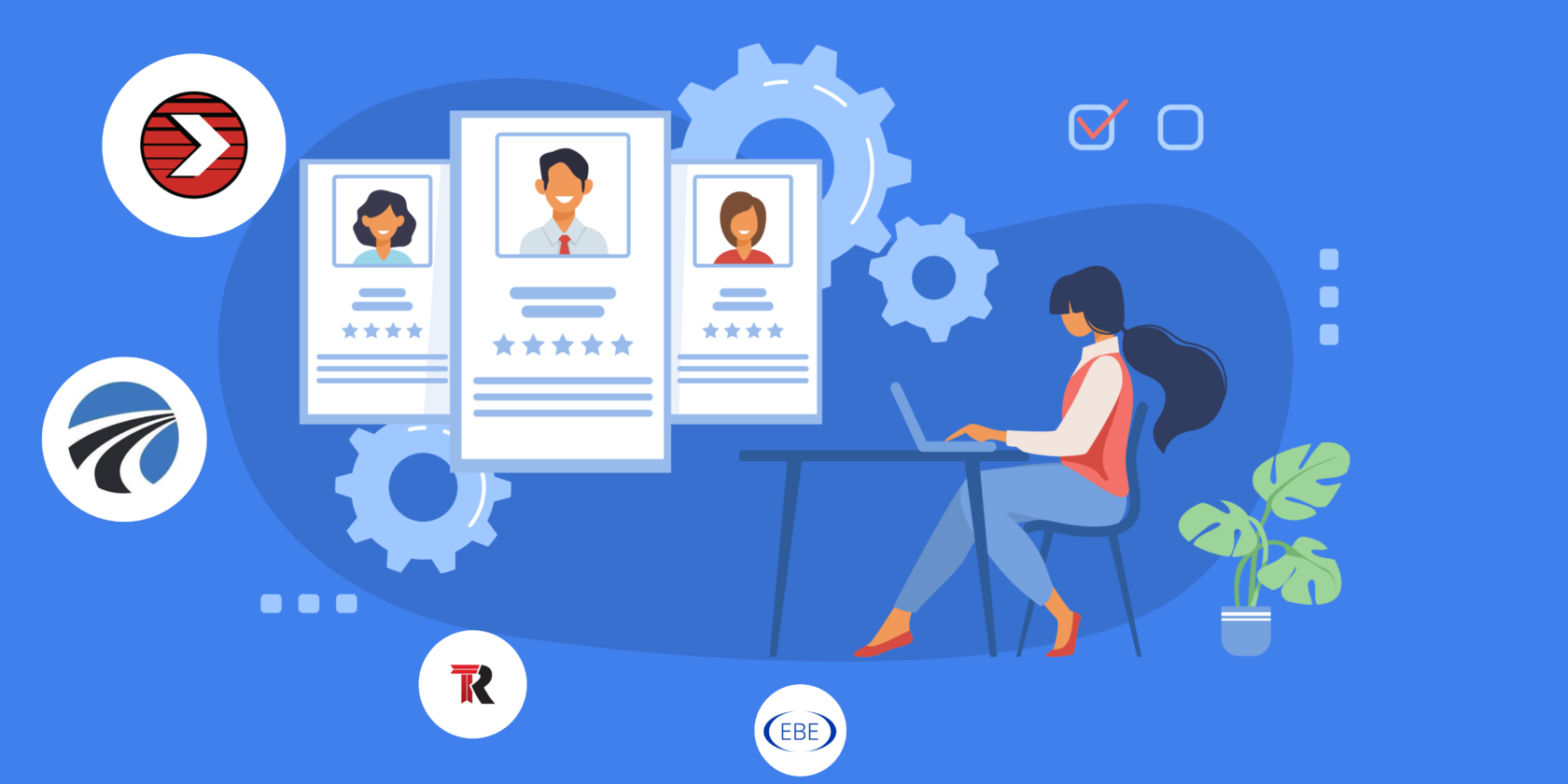The role applications play in the trucking business can barely be estimated. A custom app for your trucking company at this time-when efficiency and real-time data are considered key-can mean a revolution in operations. Whether you’re partnering with a logistics software development company or utilizing tools from Leadgamp, the right app can streamline your business. Let’s dive into the steps to build an effective app for trucking companies.
Understanding the Needs of a Trucking Company
Gaining an understanding of the needs of a trucking company is very important before one begins the development process. Key requirements include real-time tracking, route optimization, and fleet management amongst others. Driver scheduling, route optimization, and monitoring of fuel consumption are some of the most common pain points faced while trucking. The mobile app contributes to the solution at the very center.
Planning and Research
Needless to say, this is the most crucial stage of all: that of planning. Proper market research and competitor analysis provide clearance as to what the other apps are offering and where they fall short. Knowing your target audience-be it drivers, fleet managers, or logistics coordinators-will help in expressing what features will serve them best. This will present clear goals for development and make sure the app works for what it is to be used.
Key Features of a Trucking Company App
An effective trucking app should include several key features:
- GPS and Real-Time Tracking: Essential for monitoring truck locations and ensuring timely deliveries.
- Route Optimization: Helps in finding the most efficient routes, saving time and fuel.
- Fleet Management: Allows managers to oversee the entire fleet, including maintenance schedules and driver assignments.
- Driver Communication: Facilitates seamless communication between drivers and dispatchers.
- Fuel Management: Tracks fuel consumption and helps in identifying cost-saving opportunities.
- Load Matching: Matches available loads with trucks, maximizing efficiency.
- Reporting and Analytics: Provides insights into performance metrics, helping in decision-making.
Designing the App
The success of any app lies in how well the design is done. Give a lot of importance to an intuitive UI that is easy to use. On considering UX design principles, simplicity, and functionality must be tantamount. This helps you to get a feel and look of what your application layout is going to be. You can also share this with people and get early feedback. Then you need to iterate on a design based on user feedback, refine it.
Developing the App

Worth noting, technology stack selection will be the key to performance and scalability. During back-end development, servers, databases, and APIs that support the functions of the app are established. In front-end development, the responsiveness of the user interface is made interactive and user-friendly. There may also be a need for integrations with an already existing system like ERP or fleet management software. Ensure the app is scalable to accommodate future growth.
Testing the App
Testing itself is a very important phase of ensuring the app works just the way it should. The functional types of testing can be engaged in checking everything works as it should, while usability testing checks whether the app is user-friendly, and performance testing shows how the app runs with a huge workload. Realistic feedback can be gathered from beta users, which might help in finding and fixing bugs.
Launching the App
Preparation for launch includes final testing, setting up app store listings, and optimization for searchability. App store optimization means your application will turn up in searches for the topics it relates to. In other words, it makes your app more visible. Marketing strategies can create a buzz that attracts early customers.
Post-Launch Activities
After the launch, gathering user feedback is paramount for further improvement. Periodic updating and improvement of the app keep it updated and functional. Excellent customer support and maintenance ensure satisfaction and retention of the users.
Case Studies and Success Stories
Examining successful trucking apps can provide valuable insights. Learning from industry leaders can help avoid common pitfalls and adopt best practices. These examples demonstrate how effective app solutions can streamline operations and boost efficiency.
Future `Trends in Trucking Apps
The future of trucking apps is bright and improvements will continue to come in the form of AI and machine learning with predictive analytics by enhancing decision-making. A little later, it will feature with autonomous vehicles and IoT that can revolutionize logistics. Further improvement in data analytics shall allow deeper insights and blockchain shall ensure transparency in the supply chain.
Conclusion
Creating an app for a trucking company involves understanding needs, thorough planning, including key features, meticulous design, robust development, rigorous testing, strategic launching, and continuous improvement. The long-term benefits of having a custom app include enhanced efficiency, real-time tracking, and streamlined operations, positioning your trucking company for future success in an evolving industry.
